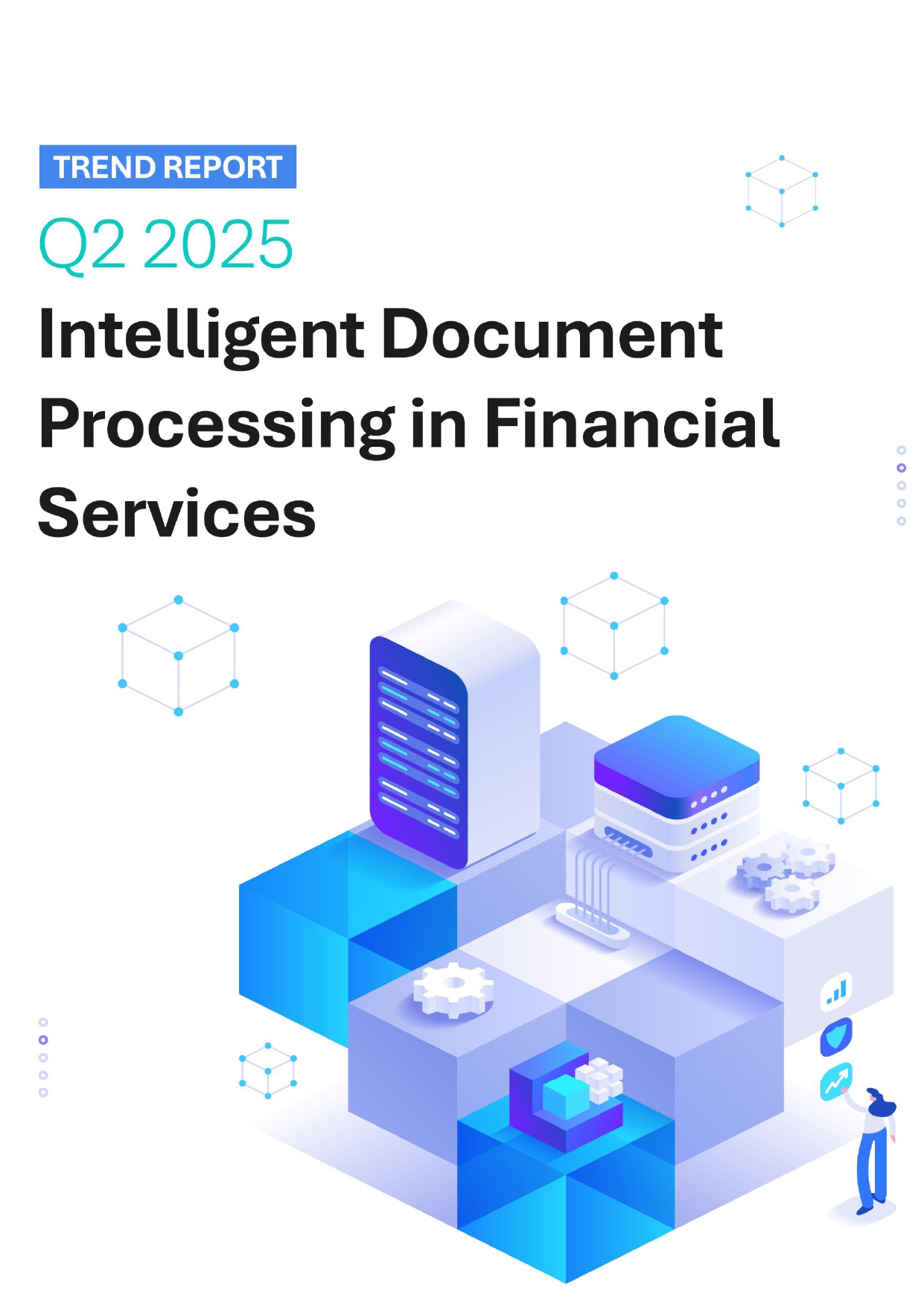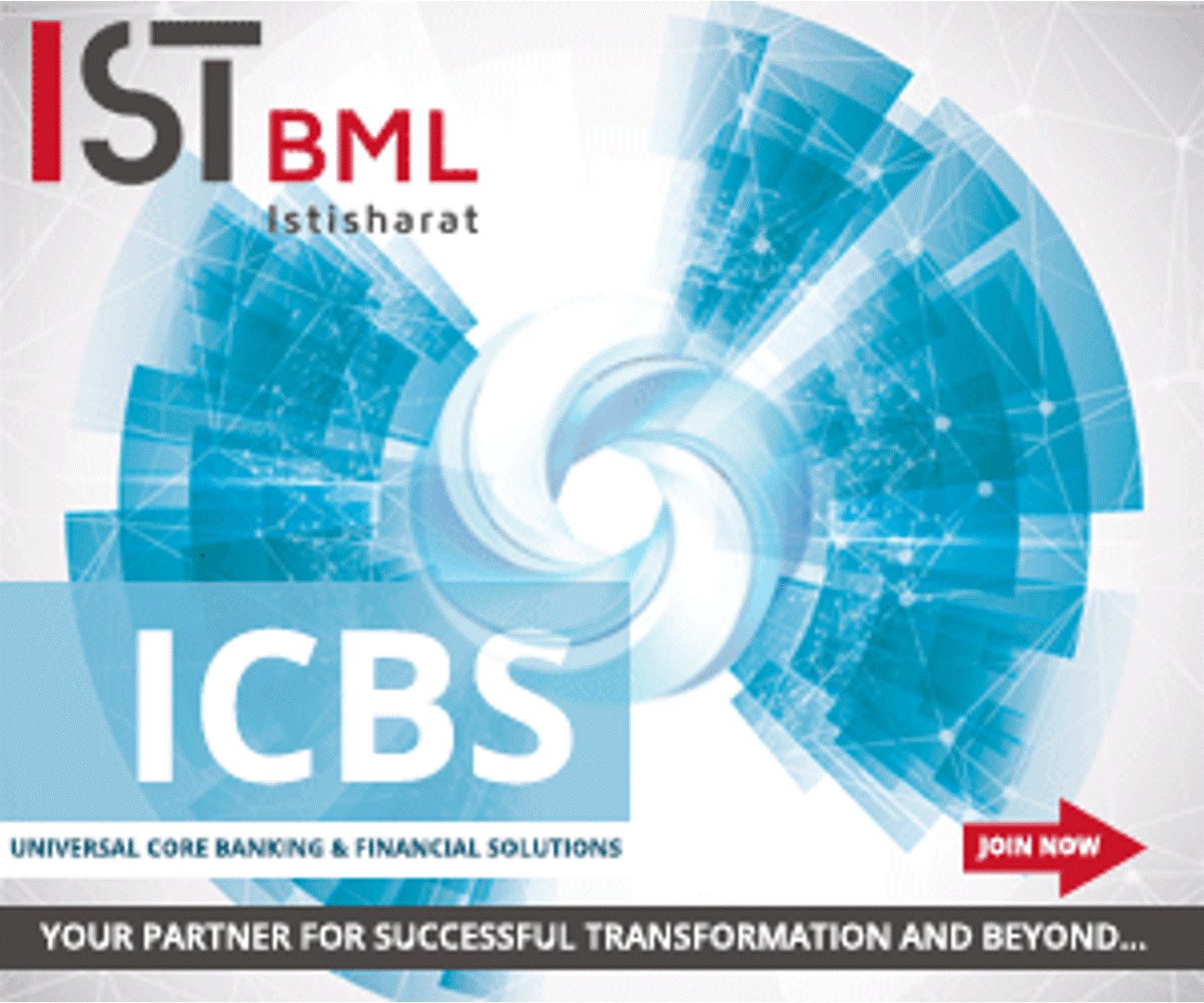 Back
Back
Indian FinTech can benefit from rural-led digital growth
By Puja Sharma
The recently released IAMAI KANTAR report titled ‘Internet in India’, based on ICUBE 2021 study, reflects a remarkable surge in internet users in rural India. According to the report, at present, there are 692 million active internet users in India, and much of the growth continues to be driven by rural India (351 million users with 37% penetration), as urban India seems to have hit a plateau (341 million users with 69% penetration).
The report also estimates that there will be 900 million internet users in India by 2025 led by rural growth. In terms of states, Goa has the maximum internet penetration while Bihar has the lowest. Digital financial services have become a key driver of credit disbursement via digital platforms.
Rural India Takes Driving Seat in India’s Internet Usage Growth

More importantly for internet businesses in India, around 346 million Indians are engaged in actual online transactions such as e-commerce and digital payments, a number which is greater than the total US population estimated at 331 million. The global pandemic witnessed a record 51% increase in digital transactions in just two years from 230 million in 2019 in India.
In terms of gender break-up, there are more male internet users in India than female users, with almost similar gender ratios across both urban and rural users.
The International Monetary Fund’s World Economic Outlook suggests that India shall become a $5 trillion economy by 2026-27. This growth is attributed in large part to the exponential growth expected in digital infrastructure for services, especially financial.
In terms of user cases, Entertainment, Communications, and Social media are the top three activities engaged by internet users across India. While Communication using text and e-mail is the most popular usage, the survey suggests that Voice and Indic languages usage will be the key drivers of growth in the future with two out of five rural internet users having done voice-based activities on their phones. The penetration of OTT services in rural India is at par with that in urban India, however, the penetration of other digital services such as online gaming, digital commerce, and digital payments is still skewed in favor of urban users. This reflects a large headroom for the growth of such services among the rural population.

Indian FinTech market is expected to reach $160 billion by 2025, according to the finance ministry. BLinc Invest reports that the Indian FinTech market is already the third largest in the world in 2022.
FinTech companies have fewer compliance requirements and commitments than their traditional counterparts, such as capitalisation, identification verification, and consumer grievance redress.
To promote digitisation and minimise client acquisition expenses, the Reserve Bank of India (RBI) permitted FinTech companies to use eAadhaar authentication and video know your customer (KYC). FinTech firms can quickly roll out new features and products by putting them through their paces in safe sandboxes while ensuring compliance with government rules and data protection. FinTech companies can now offer innovative products and services in a more timely and secure manner.
IBSi FinTech Journal

- Most trusted FinTech journal since 1991
- Digital monthly issue
- 60+ pages of research, analysis, interviews, opinions, and rankings
- Global coverage
Other Related News
Related Reports

Sales League Table Report 2025
Know More
Global Digital Banking Vendor & Landscape Report Q2 2025
Know More
NextGen WealthTech: The Trends To Shape The Future Q4 2023
Know More
Intelligent Document Processing in Financial Services Q2 2025
Know More



